|
We spent our final morning walking the area just to the east of our hotel Memories at Jibacoa, which lies about an hours drive east of Habana. We added Mesogramma Skipper Atalopedes mesogramma to the list and saw more Phaon Crescent Phyciodes phaon and a Polydamas Swallowtail Battus polydamas. The final total for the butterflies was just 66 species but that was down to the time of year, the end of the dry season, and except for Santa Clara, where there had been some rain the previous week, there seemed to have been little or no rain for months. We had expected it to be wetter in the Escambray mountains but that's a lesson learnt. And we had had a great time and seen some wonderful things, thank you Doug for your company and your expertise.
0 Comments
We packed up our things and said thank you and goodbye to our lovely hosts Jorge and Sheila at Casa Grillo. Like many people in Cuba keeping birds as pets is quite a big thing. Jorge had several including Cuban Bullfinch and a Cuban Parrot or Cuban Amazon. The first is endemic to Cuba and the parrot is nearly so, being found also in the Bahamas and Cayman Islands. It is rare and endangered because they are valued highly as pets and despite being protected we have heard that people will cut down the trees in which they are nesting to get the chicks. I don't like seeing rare and declining birds like this in captivity - much better to protect them and their habitat in the wild. Today was a travel day so we set off for Jibacoa on the north coast with Robert our driver.
On 11 January 2002 Robert Anderson from Manitoba in Canada was seeking butterflies in Santa Clara and caught a skipper which was later identified, with help from John Shuey from Indiana in the USA, as a Mexican Ruby-eye Carystoides mexicana. This is to date the only time this butterfly has been recorded in Cuba. Part of the reason for this trip was to go and see if we could find the location - and the butterfly! It was a long shot as it was a different time of year and although I had been in correspondence with both of the authors of the paper written about this occurrence I didn't have the name of the park in Santa Clara where it was seen. I did know however that it 'was within a city park in Santa Clara dedicated to a revolutionary battle won by Che Guevara'. Using the internet before the trip I thought I had worked out where it was but when we got there it was clear that this was not the place so we resorted to asking the locals and within 15 minutes we were pulling up in the car-park at Loma del Capiro just inside the city ring-road on the east side. The habitat here looked quite promising and had it not been the height of the dry season we felt that we would have been even more butterflies. As it was we saw several De Villiers' Swallowtail Battus devilliers and a single larva on an Aristolochia, one Orange-washed Sulphur Phoebis avellaneda, a Dainty Sulphur Nathalis iole and a female Statira Sulphur Phoebis statira laying on a Melicoccus tree. There was also a few Mexican Fritillary Euptoieta hegesia, and a Mangrove Skipper Phocides pigmalion doing a territorial display flight over the vegetation. We have seen this strange behaviour once before at 950m in the Sierra Maestra mountains. The whole place had a good feel about it and there were lots of foodplants so I'm sure there would be lots more butterflies to see here in a different season. And I got some nice pictures of an obliging Loggerhead Kingbird. After lunch we explored along the road to the east out of the city (Carr. Central de Cuba) and stopped for a few minutes after 3km beside the road where there were quite a few butterflies flying. Here there was Fiery and Baracoa Skippers, Mexican Fritillary, Barred Yellow Eurema daira, Great Southern White Ascia monuste and about ten Phaon Crescent Phyciodes phaon including several females nectaring and laying on the Phyla plants. We continued up the road a short way and stopped by a track going off to the right. Here Doug made the most exciting discovery of the day/week/trip, Gundlach's Duskywing Chiomara gundlachi (previously mithrax), and sent Lynn running back to get me. Luckily it was still sitting in the same place when I got there. This is only the fourth place that this species has been seen in Cuba. There are two in the far west of the country, one in the far east, and now here in the middle. And it was just a short distance from the road in a small manky bit of regenerating scrub/woodland near a small stream - in fact just like thousands of other places in Cuba. We had had the good fortune to come across it with Rayner Núñez at Guanahacabibes two years ago but it was a new species for Douglas so he was understandably very chuffed. In the shade of the woodland it just looked all black but the flash from the camera shows up the colours. We also saw Cuban Leafwing Anaea cubana here and further up the track was an Anole that I thought at the time was Anolis centralis but this may prove to be something more interesting but I'm waiting for confirmation. What a great day - 29 butterfly species which is not bad for the time of year, and several new ones for the trip, plus a new site for one of the rarest resident butterfly species on Cuba that very few people have ever seen.
We had one final check of the moth trap this morning and Lynn had one last swim in the new hotel pool before saying our goodbyes to Luidmile and Rafael and the staff at the hotel. We were picked up at midday for our transfer to Santa Clara where I had booked a Casa for two nights. We arrived at 1.45pm, checked into our rooms and Doug and I then went out for a walk into town. The central park had a few trees but the only wildlife was a couple of Mourning Doves.
|
Welcome to our Blog
Here we will post interesting news about what we and others have seen in Cuba. Archives
July 2024
Categories |
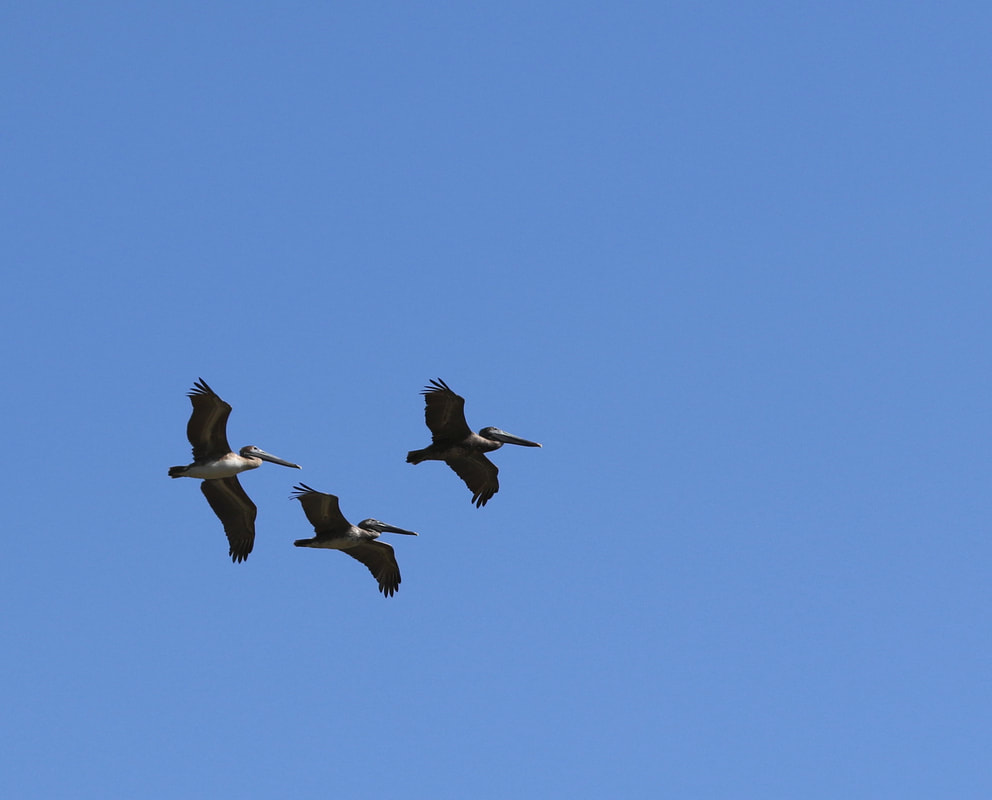
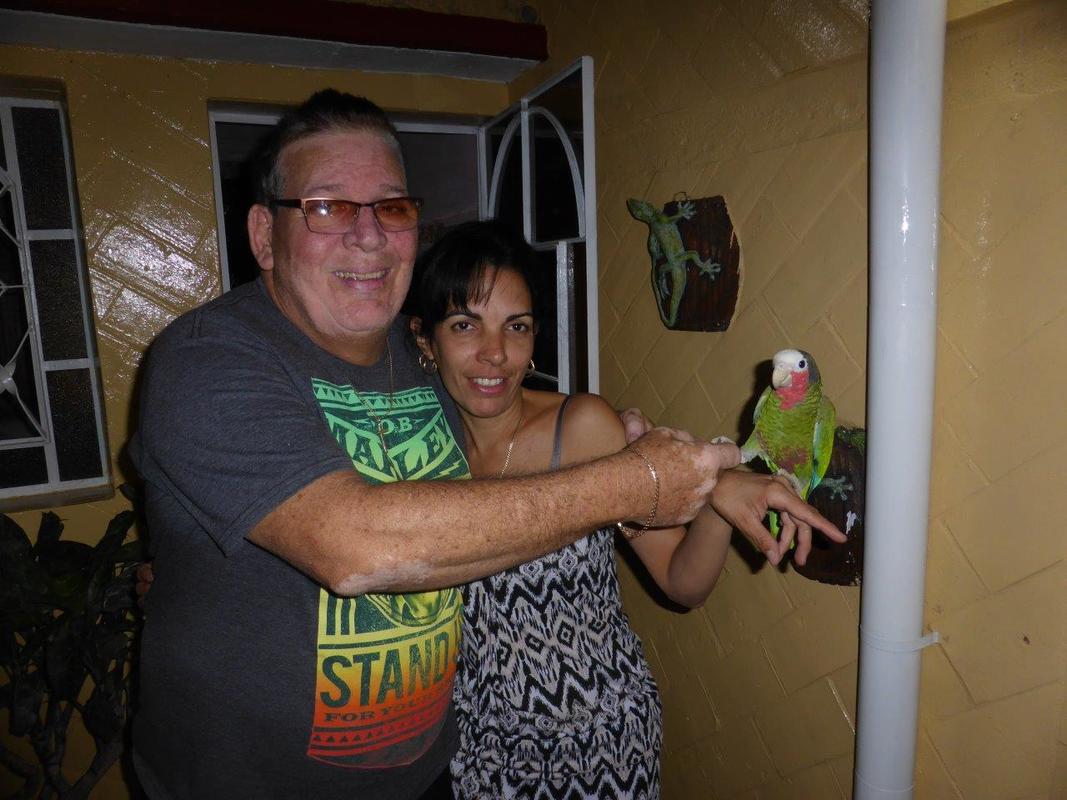
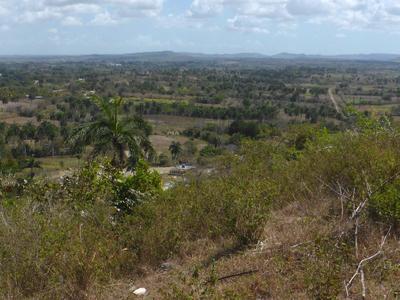
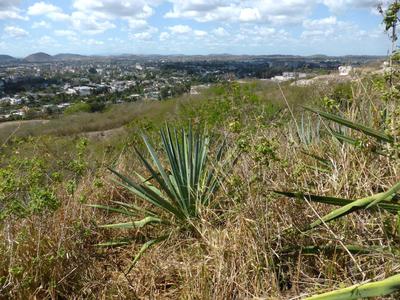
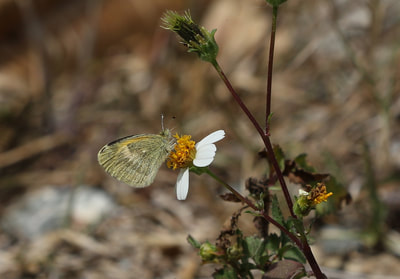
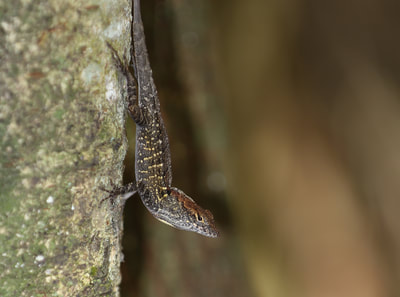
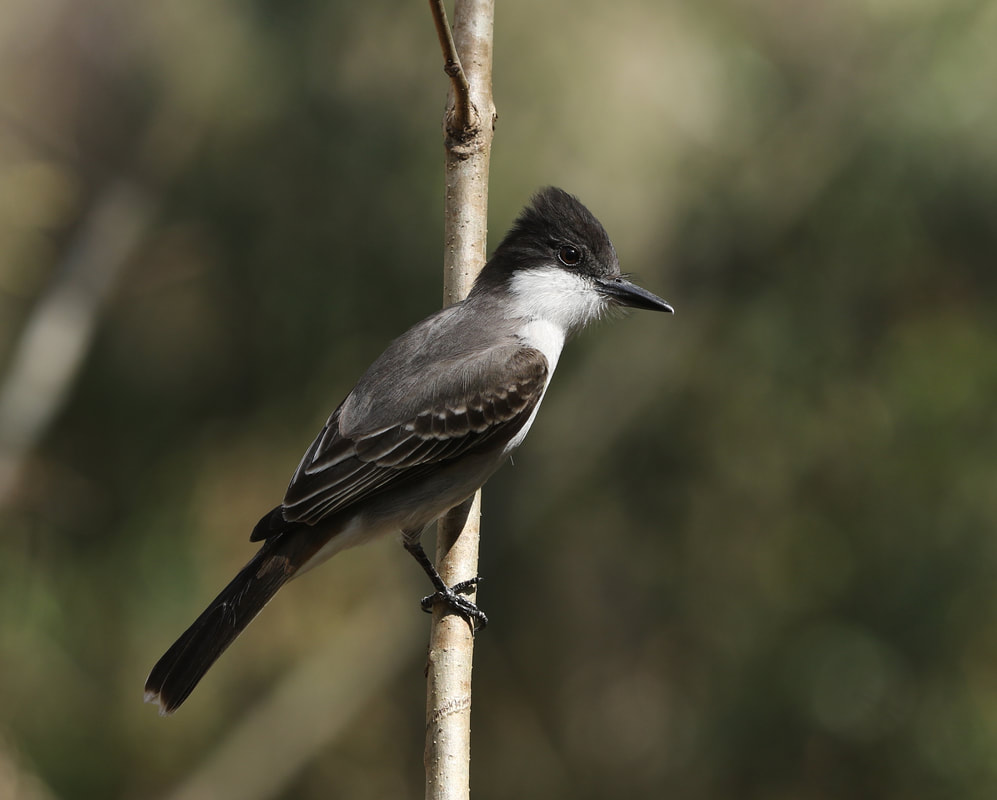
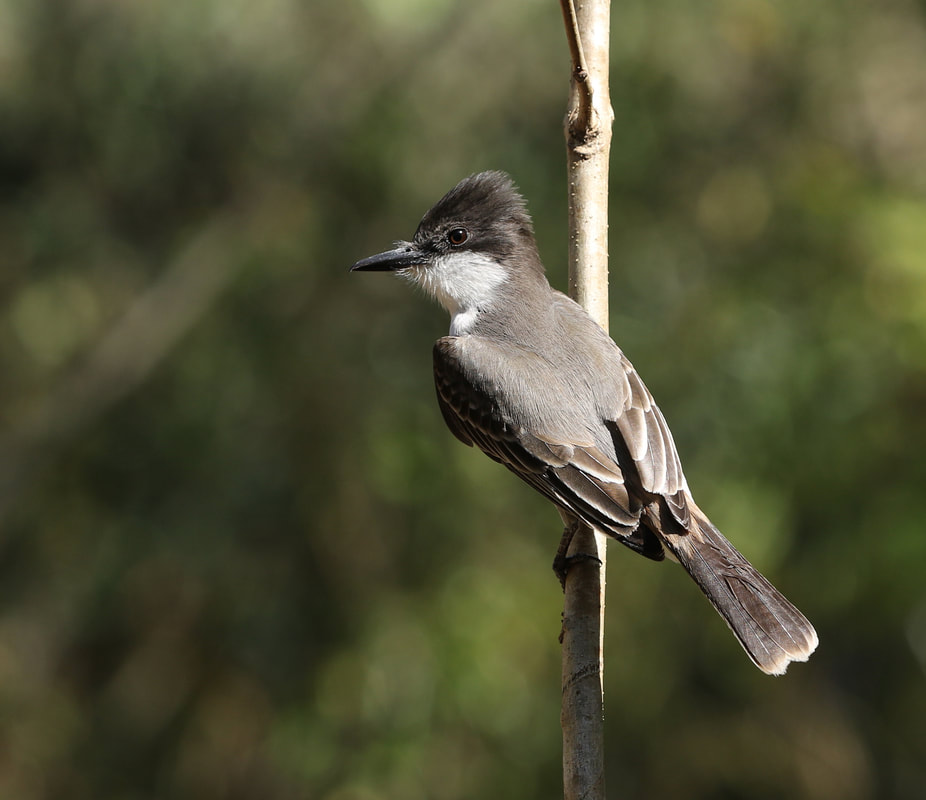
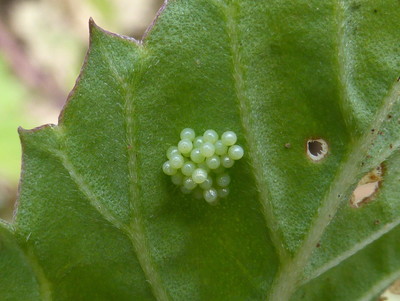
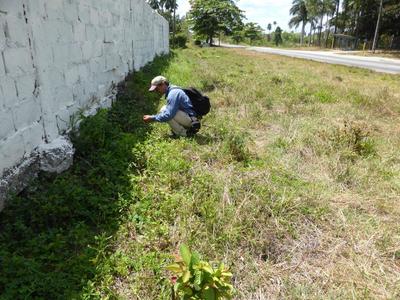
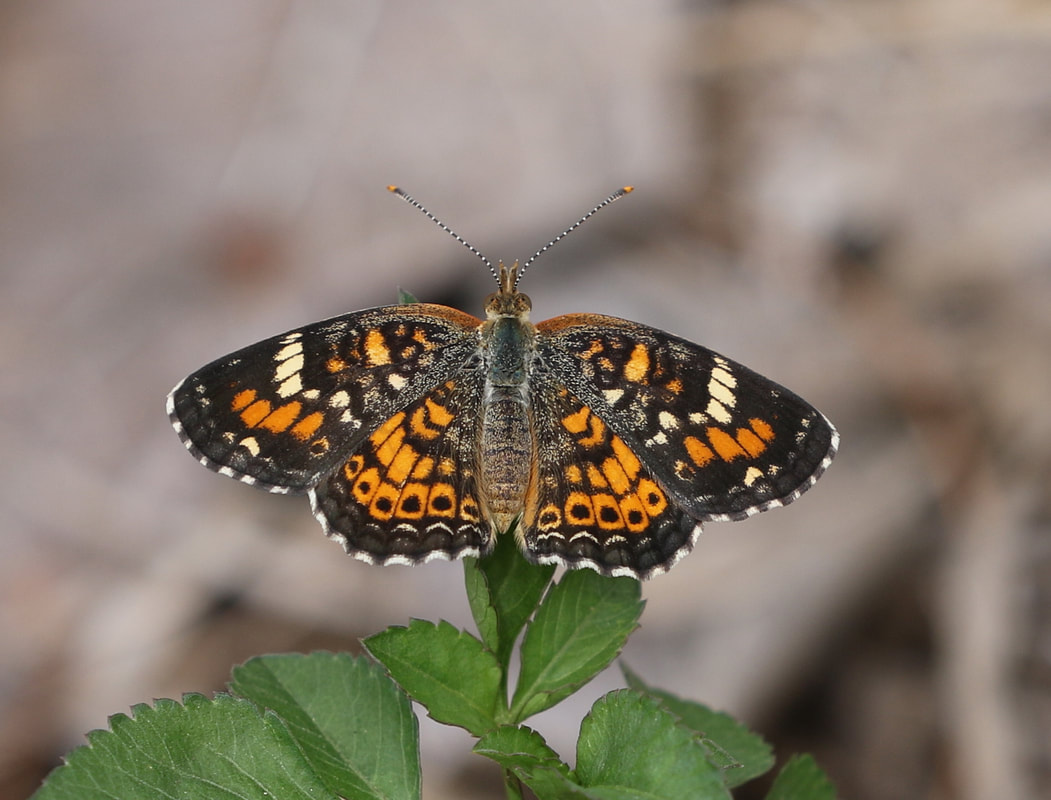
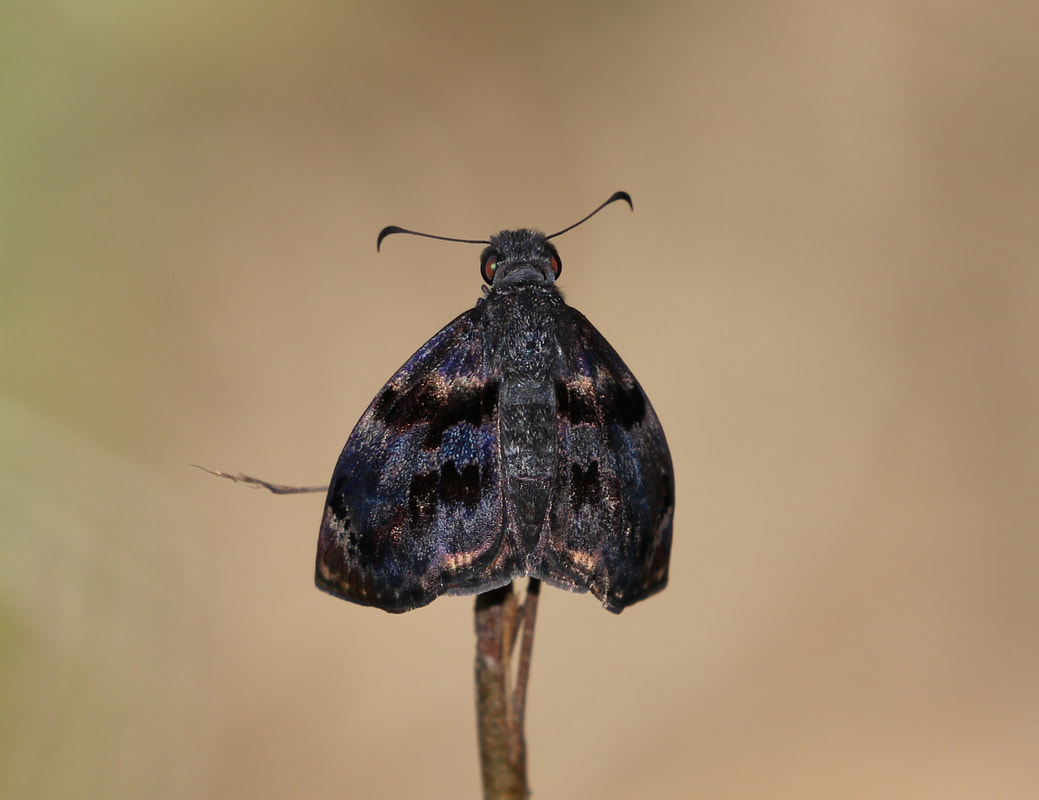
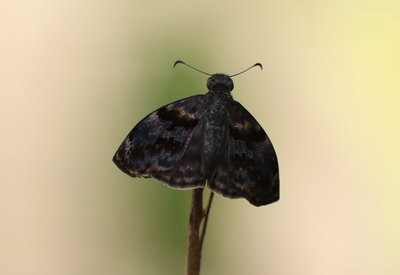
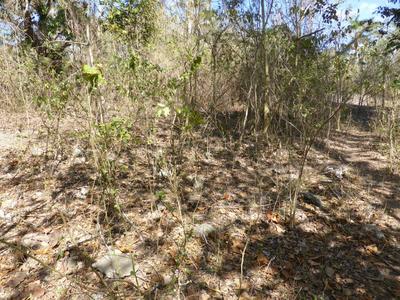
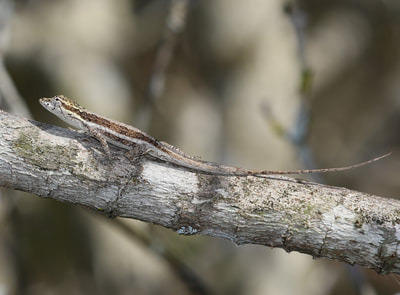
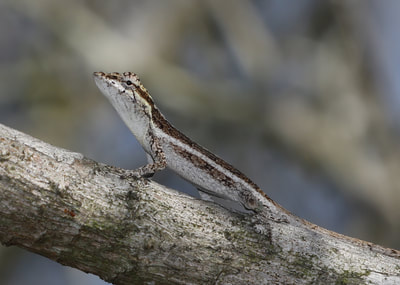
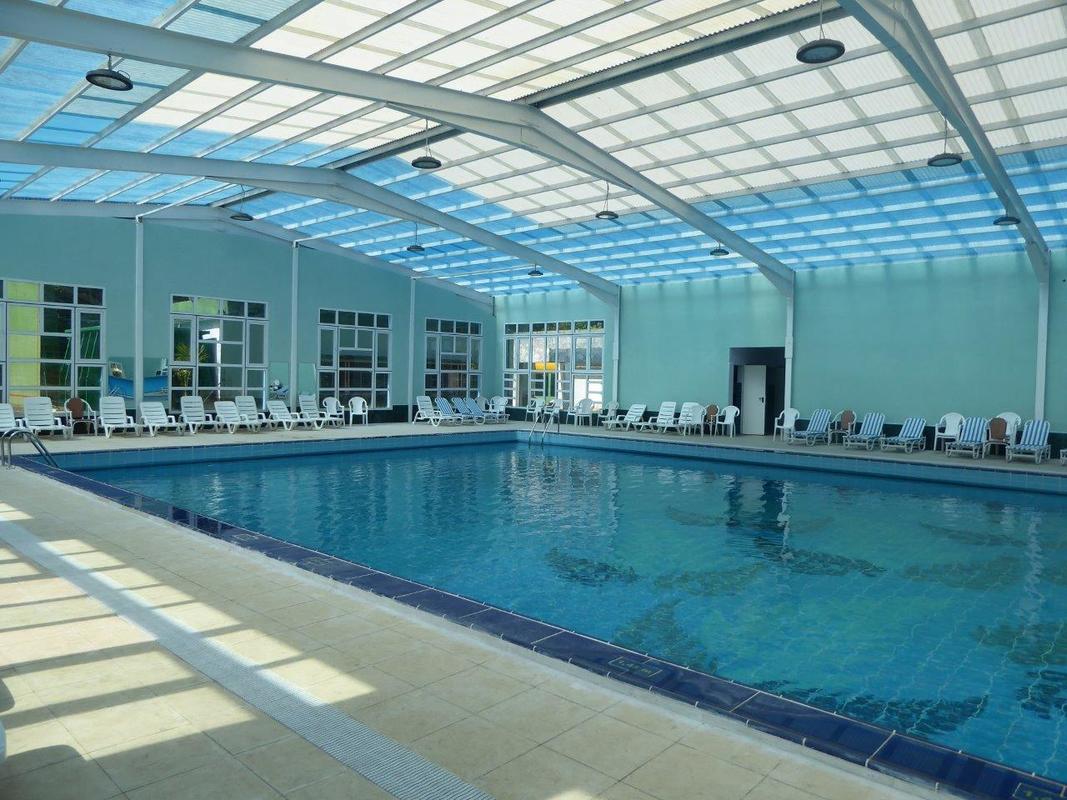
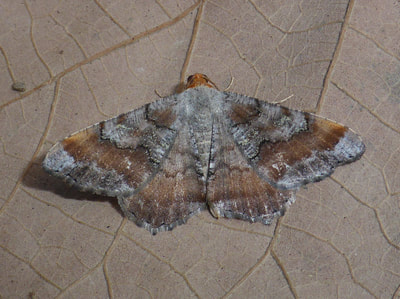
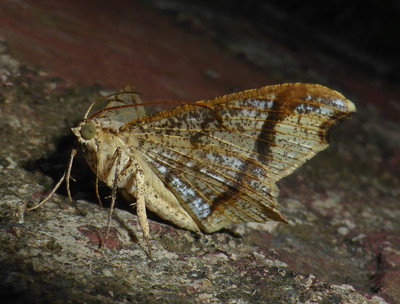
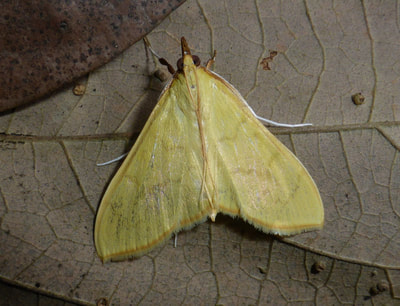
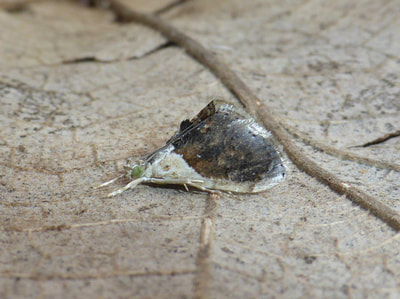
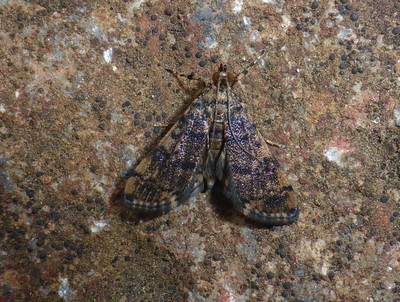
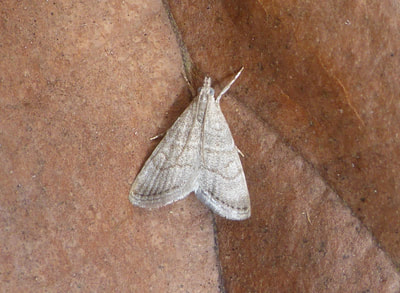
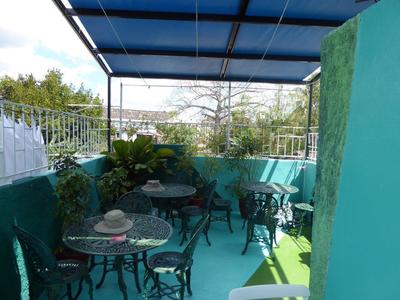
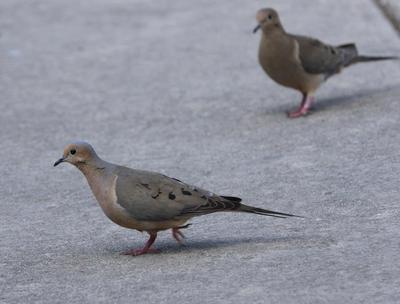
 RSS Feed
RSS Feed